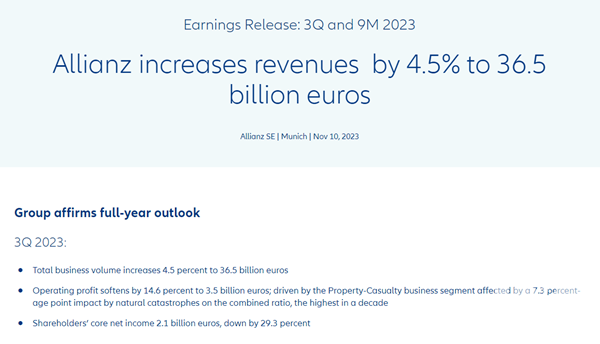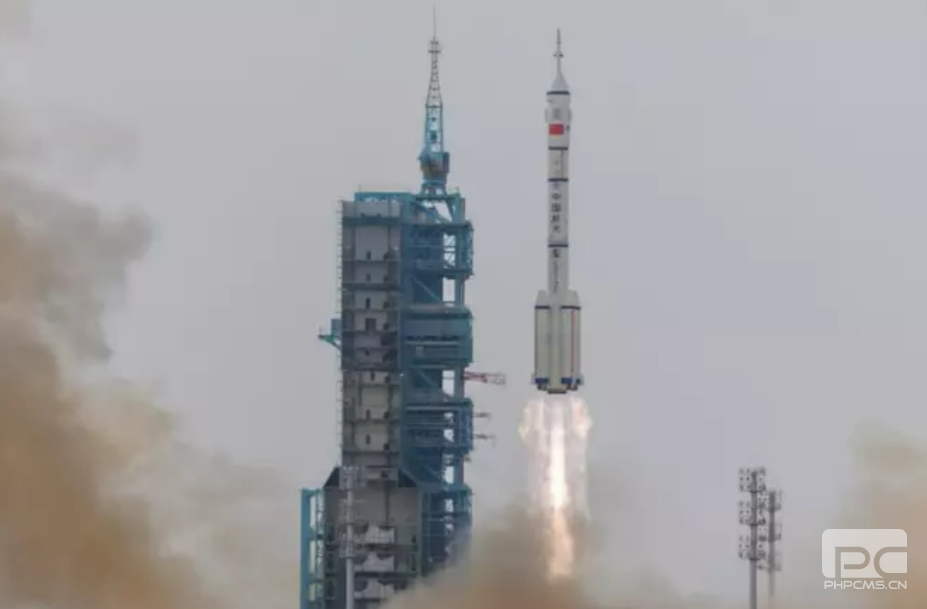In a recent report, financial giant Goldman Sachs has foreseen a significant shortfall in the global iron ore market for the rest of the year, contrary to earlier expectations of a surplus. The shortage is attributed to low inventories and a decline in production.
Goldman Sachs analysts highlighted the positive impact of Beijing's recent fiscal spending, signaling a potential boost to domestic growth sentiment. This sentiment is closely tied to the construction industry, indicating an increased demand for iron ore, a crucial component in steel production for construction and engineering projects.
However, the report emphasized caution regarding excessive optimism regarding the uptick in steel demand linked to China's property sector, a sector facing challenges hindering a sustainable economic recovery.
Drivers of Iron Ore Shortfall
The deficit in iron ore is further exacerbated by compromised supplies from major producers Australia and Brazil. Goldman Sachs estimates a global reduction in iron ore supplies from 1.557 billion tonnes to 1.536 billion tonnes for 2023. This downward revision is attributed to underperformance in both Australian and Brazilian supply during Q3.
For Brazil, the underperformance is linked to a failure in Vale's S11D conveyor belt and reduced production in the Southern System. Vale, the owner of the world's largest iron ore mine, reported a nearly 4% year-on-year drop in third-quarter iron ore output due to the conveyor belt system failure.
Additionally, low iron ore inventory in China, the world's third-largest producer, contributes to the anticipated shortfall. The report emphasizes the risk of onshore mill restocking ahead of Chinese New Year and the low supply chain inventories, amplifying the potential for near-term supply disruption.
Goldman Sachs analysts highlighted the positive impact of Beijing's recent fiscal spending, signaling a potential boost to domestic growth sentiment. This sentiment is closely tied to the construction industry, indicating an increased demand for iron ore, a crucial component in steel production for construction and engineering projects.
However, the report emphasized caution regarding excessive optimism regarding the uptick in steel demand linked to China's property sector, a sector facing challenges hindering a sustainable economic recovery.
Drivers of Iron Ore Shortfall
The deficit in iron ore is further exacerbated by compromised supplies from major producers Australia and Brazil. Goldman Sachs estimates a global reduction in iron ore supplies from 1.557 billion tonnes to 1.536 billion tonnes for 2023. This downward revision is attributed to underperformance in both Australian and Brazilian supply during Q3.
For Brazil, the underperformance is linked to a failure in Vale's S11D conveyor belt and reduced production in the Southern System. Vale, the owner of the world's largest iron ore mine, reported a nearly 4% year-on-year drop in third-quarter iron ore output due to the conveyor belt system failure.
Additionally, low iron ore inventory in China, the world's third-largest producer, contributes to the anticipated shortfall. The report emphasizes the risk of onshore mill restocking ahead of Chinese New Year and the low supply chain inventories, amplifying the potential for near-term supply disruption.




Copyright © 2023.Yooke studio All rights reserved.
PKWEEKLY NEWS












